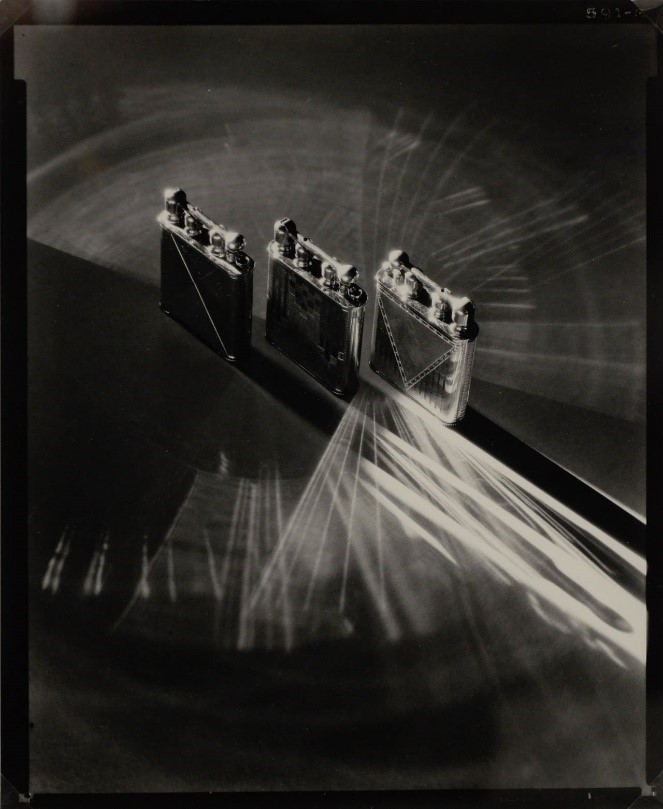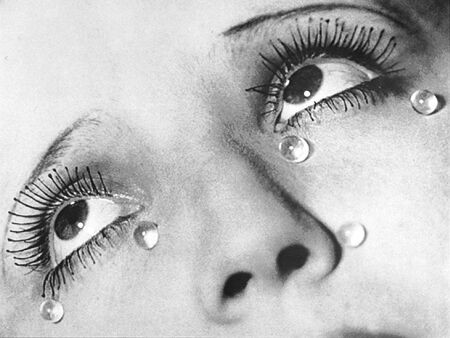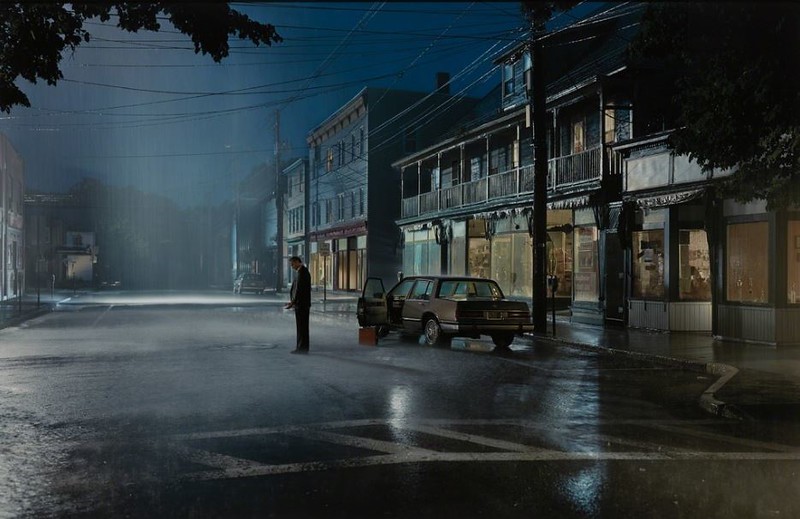Modernism/Postmodernism
27 January 2020
Visual arts is riddled with ‘isms. There’s realism and surrealism; Dadaism and formalism; cubism and constructivism; minimalism and pluralism; impressionism and post-impressionism. You name it and there is an ‘ism to go with it. But two ‘isms that dominate the last two centuries are modernism and post-modernism. These provide the umbrella under which many other ‘isms sit but they are much more than labels for art movements or styles; they also describe ways of thinking, philosophical systems and are responses to societal conditions of the day.
Modernism arose out of the changes brought about by developing industrialisation, the growth of cities and later as a reaction to the first world war. The old order was unsuited to the modern task; and this included not just the arts but also religion, philosophy, social organisation and sciences. In the words of the Tate Gallery:
"Modernism refers to a global movement in society and culture that from the early decades of the twentieth century sought a new alignment with the experience and values of modern industrial life. Building on late nineteenth-century precedents, artists around the world used new imagery, materials and techniques to create artworks that they felt better reflected the realities and hopes of modern societies."
Modernism was driven by various social and political agendas. These were often utopian, and modernism was in general associated with ideal visions of human life and society and a belief in progress.
Modernist artists turned their backs on traditional subjects taken from mythology and history. As well as new subjects, they experimented with new media and techniques. It would seem that photography, being born out of science and matured by technology, would be an ideal platform for a movement that took industrialisation and progress for inspiration. Looking at modernist works of art however reveals a tendency towards abstraction and surrealism; modernists eschewed realism and photography was seen as being inherently realistic. In fact many commentators have observed that photography freed painting from the need for realism and liberated artists to experiment.
Nevertheless, photographers like Man Ray and Edward Steichen showed that photography could make a valuable contribution to the modernist movement.


Inevitably the ideals of modernism came to be considered exhausted, or at least irrelevant to the continually developing society and post-modernism moved into the forefront. Like modernism, post-modernism is a philsophical approach rather than a purely artistic one. Its ideals were generally the anti-thesis of modernism: scepticism versus idealism; suspicion of reason; individual experience and interpretation was more concrete than abstract principles; complexity and layers of meaning versus clarity.
As post-modernism was about breaking the established rules, it heralded a degree of freedom for the artist. Often controversial, it challenged the boundaries of taste. Because it is a reaction against the established norm, as an art form it defies definition.
Post-modernism in photography is shown here by Cindy Sherman and Gregory Crewdson:


So where are we now? Some writers claim post-modernism has had its day, replaced by post-post-modernism (I wonder what will come next?), or does it continue, or has modernism morphed through high-modernism into a new generation modernism? And how does this affect how we view and make art?
We should remember that these labels are simply ways of grouping works by like-minded people produced during a certain time-period. They are generally applied by writers, critics and historians in a largely retrospective manner. They are descriptors of the past, not predictors of the future. So we won’t know what today is until tomorrow’s historians have analysed it and placed it in a historical context.
Photography (or any visual art) is about meaning. Meaning is given by the historical context and the intent of the photographer only to the extent of what is included in the frame, the rest is brought by the viewer and their own historical and cultural context. Photographs are polysemous. If knowing what label is applicable to a given work helps, it will only be as a pointer to a part of that rich litany of meanings.


